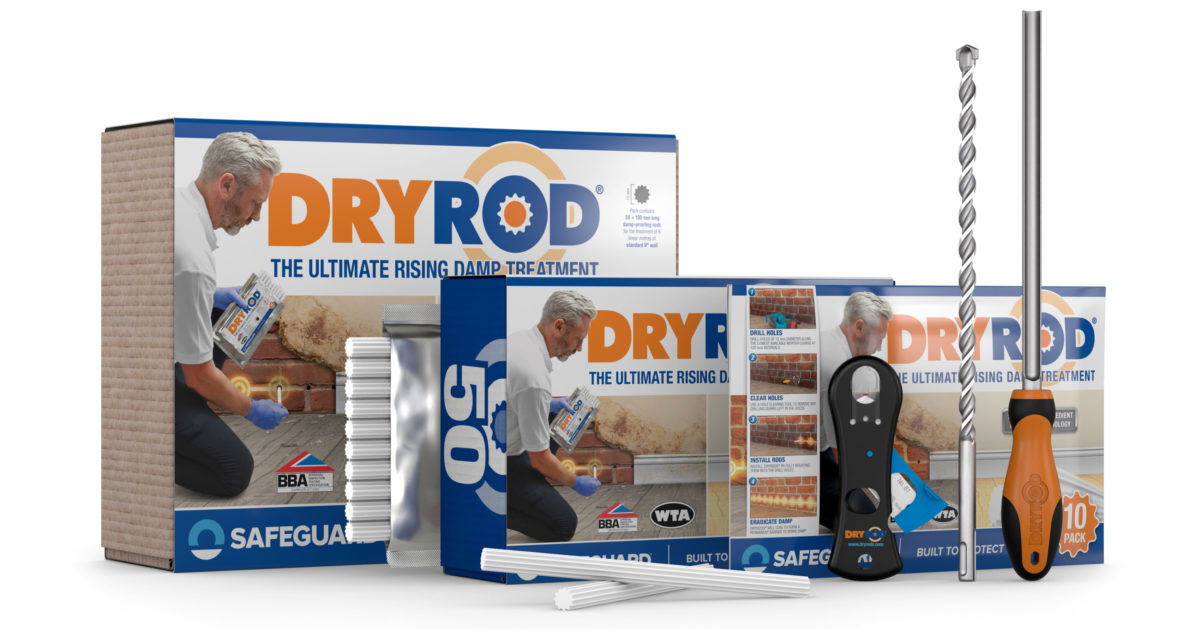Gaylord du Bois
Well-Known Member
- Joined
- 16 Aug 2010
- Messages
- 30,135
- Location
- Great Umbrage.
- Team supported
- Glory Hunting Blue. Was Chelsea.
I'm out at the moment but I'll show my mate builder/ roofer and see what he thinks. Also is slate or cement type tiles ? And have you had anyone up there to inspect the roof ?The Chimneys are separate. My neighbour has their own chimney. Taking the chimney down has been mentioned on the thread and is something I would consider. Obviously cost would be a big factor in my decision. I want to try less expensive ways of trying to find where the damp is coming from first, if that’s possible?
TBH it’s a bit of a mare isn’t it. I could find the cause straightaway or it could drag on whilst every reason for the damp is looked at costing me more and more money. Imagine taking the chimney down, the cost of that, and the damp is still coming through the wall. :-(
Unfortunately I'm in the sunny south so won't be able to offer up much else to you.

